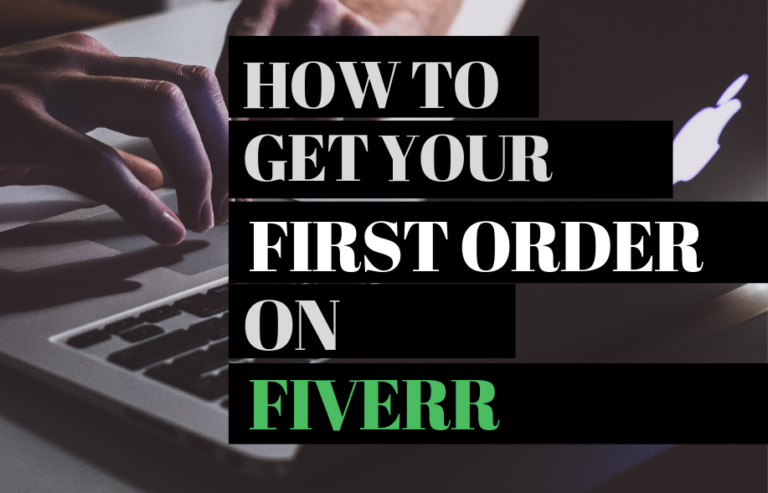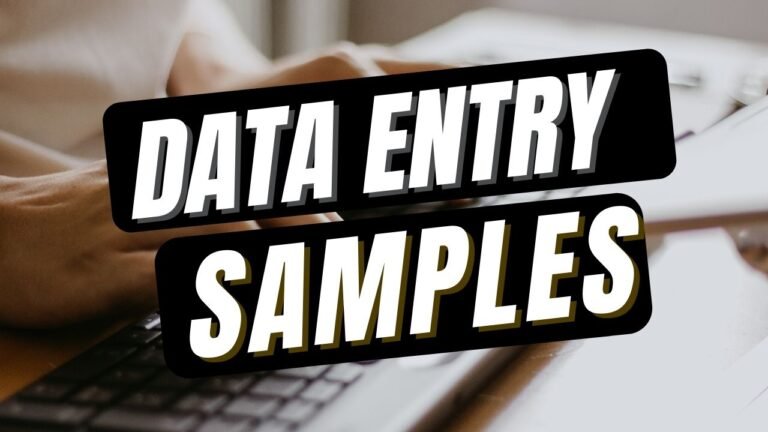What is Data Entry in Freelancing and How to Learn the Skills?
Before we begin, and before I take you through the journey into the world of Data Entry, the first terminology that I would like to clear out is Freelancing. Let’s dive in!
What is Freelancing?
Imagine, your car breaks down somewhere, you have to call a mechanic, and they come in with their tow truck, take your car to a garage and fix it for you.
So, you needed your car to get fixed, you hired a mechanic, he fixed the car, and you paid the money for the service you received. The work that the mechanic does is exactly how freelancers work!
How? Well, the mechanic is not your employee, is he? Yet, you hired him for a specific task, got your work done, and paid them the money. If you like their work, you may call them again or refer them to your friends or colleagues!
Freelancing is similar, and it is a situation in which an individual works for themselves instead of being committed to one employer.
The engagement is for a specific job, on occasion, or for a period of time. The employer does not have any long-term responsibility towards the freelancer except abiding by the terms of the agreement.
Now that we know what freelancing is. Let us delve into one type of freelancing, which is the main theme of this article: Data Entry.
What is Data Entry?
Data entry is the process of transferring or entering information or data from one resource to another. It could be transferring information from a non-digital media, mainly paper or a website, onto a digital software program or platform. It becomes available for usage in the digital world and its many applications such as Microsoft Word, Excel, Google Docs, Spreadsheets, and custom software, etc.
Data entry services offered by freelancers are popular around the world, as many organizations prefer to either outsource or employ freelance specialists to handle their data entry requirements.
The following are some of the responsibilities of a data entry specialist:
- Gathering information to enter.
- Ensuring the accuracy of the data.
- Organizing and maintaining data in documents or spreadsheets.
- Keeping the data updated and free from errors.
- Maintaining a backup of data.
- Creating reports based on collected data for information analysis.
- Ensuring data integrity and security.
There could be many other easy requirements that you might have to assist your clients with, and it depends on the project’s needs.
The internet is a cove for finding work-from-home opportunities, and one of the most popular work-from-home options available these days is Data Entry. Trust me when I say this, anyone can get into the Data Entry career field.
Just like any skill, data entry skill grows as you learn, practice, and get more experienced. There are tons of resources out there for you to learn data entry skills by paying some money or even completely free of cost.
5 Ways of Getting into Data Entry Filed
Data Entry is precisely what it sounds like; it involves entering data into electronic forms, on a document, and sometimes on software. Keep in mind that Data Entry clerks or freelancers are needed by a diverse range of companies, so as a bonus having experience in that field can even help you get a job in various situations.
In order to find a data entry job, you will need to gain experience with computers, typing, and basic soft skills.
Let us look at five ways you can get into Data Entry:
1. Learn and Gain Experience
As mentioned before, typing, understanding computers, and basic soft skills are part of the fundamentals in the data entry career field, but there is more than that to it. You need to work on your typing speed, internet research skills, written communication, clerical skills, and being familiar with software like MS Word, MS Excel, etc.
So the first step towards becoming a Data Entry Specialist is – gathering resources to learn the required skills and start practicing to hone your expertise!
You can learn Microsoft Word and Excel skills from YouTube video tutorials, completely free of cost. There is plenty of step-by-step tutorials you could find and learn from on YouTube.
To learn from YouTube, you have to find information one after another, as the most channel doesn’t have organized lessons. And, this process is going to take a long time!
In this case, you can join in any organized training, it could be a physical or online course to speed up the learning process.
Here are some paid courses, which you can join for free, and learn from to get a headstart in the world of Data Entry:
- Microsoft Word Bootcamp – Zero to Hero Training by Daniel Scott.
- Microsoft Excel Bootcamp – Zero to Hero Training by Daniel Scott.
- Freelancing on Upwork & Freelancer as a Beginner with No Skills – Freelance Jobs Guide and Tips by Mugunthan Vigneswaramoorthy.
You can join the courses and learn the skills completely free of cost for 30 days!
2. Start Applying for Data Entry Positions
Before you start applying, you have to build your portfolio by working on a few sample data entry projects. This will help you stand out and get hired faster as a Freelance Data Entry specialist.
You can have some data entry sample projects here, work on the projects, and save them as your portfolio to showcase or add to your freelance profiles.
Having a short, one-page resume would be helpful too to get clients’ attention and consideration in their selection process.
As mentioned before, the internet has vast opportunities for work in data entry from your own home. And working from home also helps in saving time and money on the commute, and there are more flexible work hours.
You will find clients, and data entry job posts online on Freelance marketplaces like Fiverr, Upwork, Jooble, Freelancer.com, Flexjobs, Simplyhired, and more!
Find jobs that suit your skills, read the job description carefully, take notes on the client’s pain points or needs, and then write a cover letter or application by pointing to the client’s pain points and needs, and mentioning how will you help them with the project.
When possible, add any sample project screenshot or file as an attachment – which will increase your chance of getting hired.
3. Network with Other Professionals
As you constantly look for available data entry positions, try and stay in touch with co-workers and supervisors in your current workplace, or if you are not in a workplace, you can connect with people from different forums all across the internet. For example – there are plenty of Facebook groups where people discuss Freelancing, Data Entry, etc.
Make a good impression and express your interest in a long-term career in data entry. This increases the likelihood that you’ll be selected, and referred to move up and take on higher-paying jobs with more responsibilities.
4. Practice Good Interview Skills
You’ve got an interview request! All the hard work you’ve put in while building your data entry portfolio, finding job postings, networking, applying online, and following up… has paid off with an interview request.
Congratulations!
You do not get a second chance to make a great first impression, so prepare well for your interview to increase your chances of landing your dream job.
Your portfolio and job application get you into the interview. A successful interview can get you the job.
And, for your information – in many Data Entry positions, the interview is skipped as well. GREAT NEWS!
5. Pursue an Education
Typically, a freelance data entry job doesn’t require you to have higher qualifications. Most employers don’t even ask you about your education. They assess you from the application and sometimes from the portfolio you built.
But sometimes, if the job is permanent, some clients could look for a high school degree or equivalent for the role. Some large organizations, however, may prefer candidates with at least a bachelor’s degree.
At the end of the day, your skill, portfolio, dedication to finding jobs, and application are what matters the most to becoming successful in the data entry career field.
With that concludes our article, best of luck on your Data Entry journey, fellow freelancer! May you find clients to work for soon.







